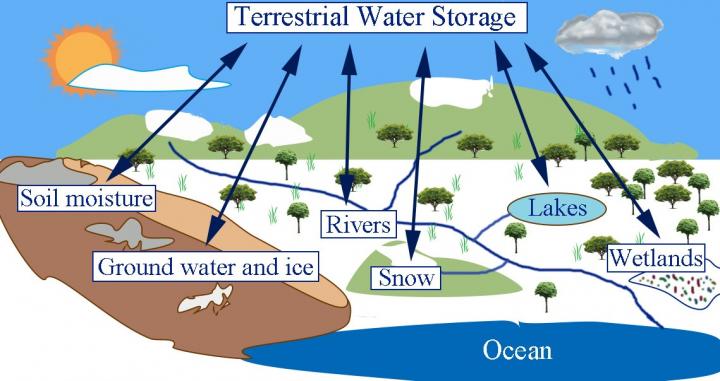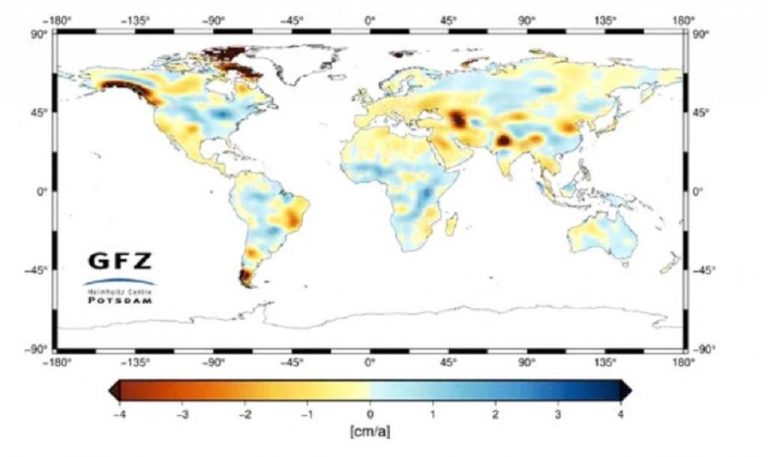CURRENT AFFAIRS
Get the most updated and recent current affair content on Padhaikaro.com
WMO report on terrestrial water storage (TWS) loss:
- IAS NEXT, Lucknow
- 12, Oct 2021

A report on terrestrial water storage (TWS) loss- 2021 State of Climate Services- was recently released by the World Meteorological Organization (WMO).
What is terrestrial water storage (TWS)?
TWS is the sum of all water on the land surface and in the subsurface, ie surface water, soil moisture, snow and ice and ground water.
Highlights of the report:
- Overall, terrestrial water storage (TWS) dropped at a rate of 1 cm per year in 20 years (2002-2021).
- The biggest losses have occurred in Antarctica and Greenland.
- Many highly populated, lower latitude locations have also experienced TWS losses.
- India is the ‘topmost hotspot of TWS loss’: India has recorded the highest loss in terrestrial water storage if the loss of water storage in Antarctica and Greenland is excluded.
- In India, the TWS has been lost at a rate of at least 3 cm per year. In some regions, the loss has been over 4 cm per year too.
- The northern part of India has experieced the maximum loss within the country.

Challenges ahead:
Water resources across the world are under tremendous pressure due to human and naturally-induced stressors.
- These include population growth, urbanisation and decreasing availability of freshwater.
- Extreme weather events too have been responsible for the pressure on water resources realised across sectors and regions.

Indian scenario:
- In India, per capita water availability is reducing due to an increase in population.
- The average annual per capita water availability has been consistently decreasing. It reduced to 1,545 cubic metres in 2011, from 1,816 cubic metres in 2001.
- It is projected to further decrease to 1,367 cubic metres in 2031, according to the Union Ministry of Housing and Urban Affairs.
- Five of the 21 river basins in India are ‘absolute water scarce’ (per capita water availability below 500 cubic metres).
- By 2050, six will become absolute water scarce, six will become water scarce and four will become water stressed.
Steps Taken by The Government:
- MGNREGA for water conservation.
- Jal Kranti Abhiyan.
- National Water Mission.
- National Rural Drinking Water Programme.
- NITI Aayog Composite Water Management Index.
- Formation of Jal Shakti Ministry and Jal Jeevan Mission.